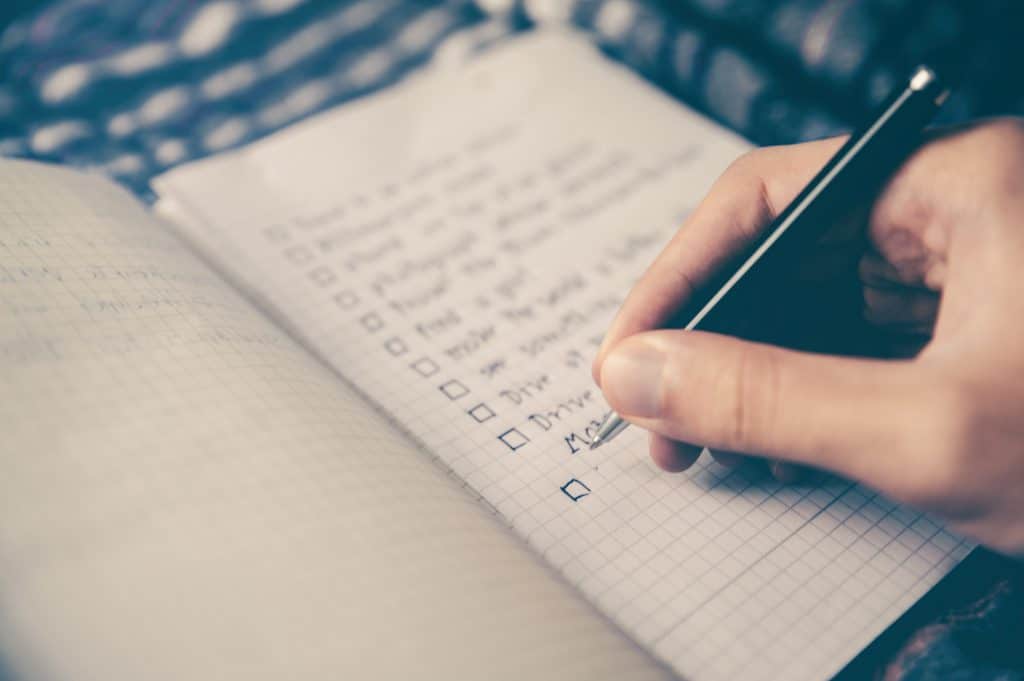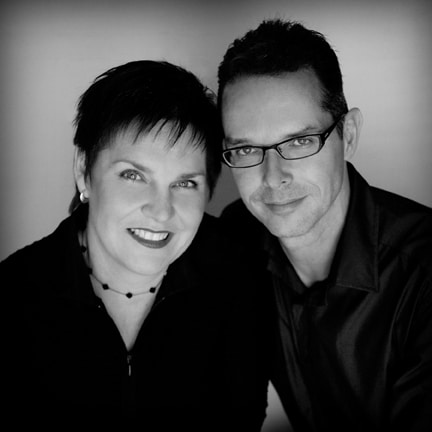
-
Audio of the article “Is There an Energetic Reiki Test?” by Bronwen Stiene
Download
Did Usui Sensei, the founder of the system of Reiki, have a test of some sort to see what level of training his students were at?
Reiki is a spiritual practice. Therefore it does not overtly focus on how you perform a specific technique as that is largely an externally orientated concept. Rather, the importance of a student’s progress lies in how the person is changing. That is, is he or she kinder, more open, calmer etc…
An energetic test within the system of Reiki would indicate that everybody is the same energetically, which is not the case. For example, if you take two students … one may, by nature, be quite calm and the other might be, in contrast, rather reactive. They might both say that they feel “calmer” after the meditation yet this state of calmness will be relative to the individual. Their responses will, in fact, be unique.
What is important here is that neither of their responses to the meditation is “better” than the other. They will develop along their own paths. It is the concept of development that is looked for, not a standard stage of development that fits across all students. Usui Sensei was a spiritual teacher and in that space would have seen each person as an individual, without one being better than another. Usui Sensei would know when a student was ready, not by holding a test but by talking to the student and seeing how he or she had progressed in a holistic sense.
In martial arts, for example, two students might receive their black belts but their specific abilities will vary drastically. This is due to the fact that each person is different – their background, their upbringing, their physicality, their state of mind etc… but these differences do not hamper their ability to develop – albeit at one’s own pace and in one’s own way.
What is known is that Usui Sensei taught three major levels:
Shoden, which means beginner’s level, is the level where a person begins the teachings as is indicated by the word. After much practice he or she would then move on to Okuden, the hidden or inner teachings. This level helps students discover what is hidden within themselves – their inner self. Then the student moves on to Shinpiden, the mystery teachings, to help students begin to understand the mysteries of life.
Students’ move to the next level when it is their time; when they are ready to comprehend the next step. This is a part of a natural learning progression.
It is true that Doi Sensei has said that to become competent in Okuden in the Japanese Reiki society (Usui Reiki Ryoho Gakkai) a person has to be well skilled in Byosan Reikan Ho and in Reiji ho and that this could take up to 10 years! Competency in these practices will still be relative to the student practicing them. To measure a student’s energy would entail comparing it to other students and that is not what the system of Reiki is about. Each time a student performs Byosan Reikan Ho or Reiji Ho the energetic sensations experienced are unique. This is because energy is always moving. In this situation a teacher cannot state whether a student’s energetic sensations are correct or not, a teacher can only see the student’s individual progress.
Danger, too, lies beneath this concept of a test for energetic levels. Energy work is subjective and if a student accepts that a teacher can judge his or her energetic level, that student is immediately placed in a position of vulnerability. There is no possible way to crosscheck the teacher’s subjective decisions. The teacher may make any judgement he or she deems suitable. This can leave the path open for misuse of power with a teacher pretending to “know” something that he or she doesn’t, building the teacher’s ego rather than supporting the student.
In summary: as energy work is subjective, the only person who can “test” your energetic level within the system of Reiki is yourself, against yourself. A teacher can watch, guide and support your spiritual development and use this as an indicator of your progress. It would need to be questioned as to why a teacher would attempt to compare you energetically to others. Energetically – it is impractical. And within the system of Reiki it is uncalled for and unnecessary.
Bronwen and Frans Stiene are the co-founders of the International House of Reiki and co-authors of The Reiki Sourcebook, The Japanese Art of Reiki, Your Reiki Treatment, The A-Z of Reiki Pocketbook and the Reiki Techniques Card Deck. Bronwen and Frans teach in the USA, Europe and Australia. Visit the Courses page to find a course near you.

